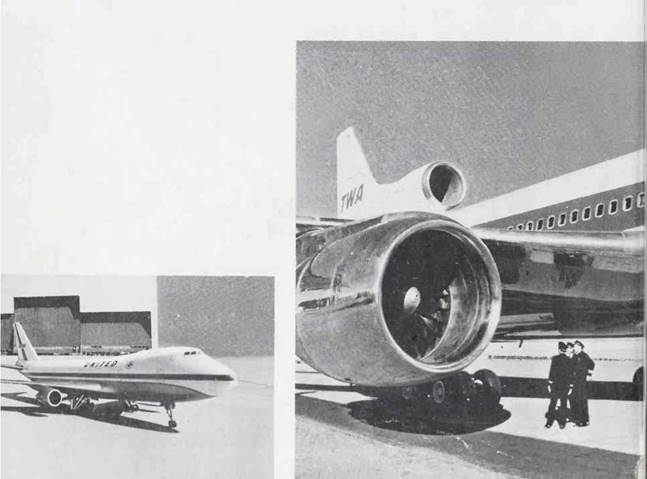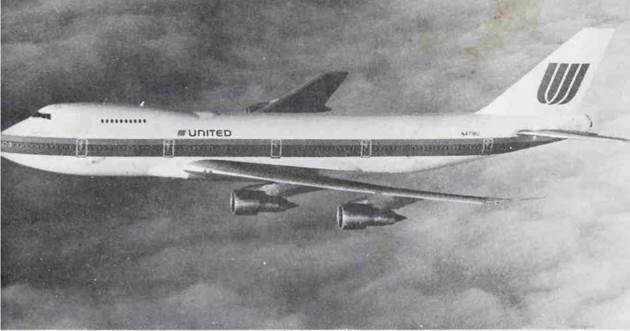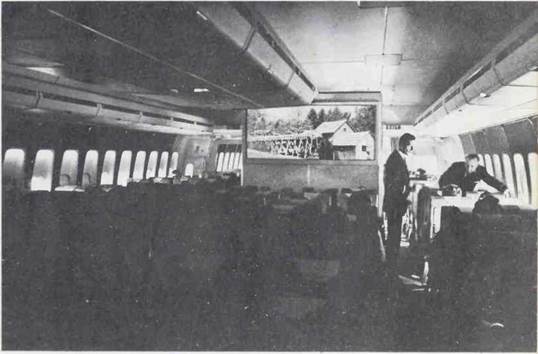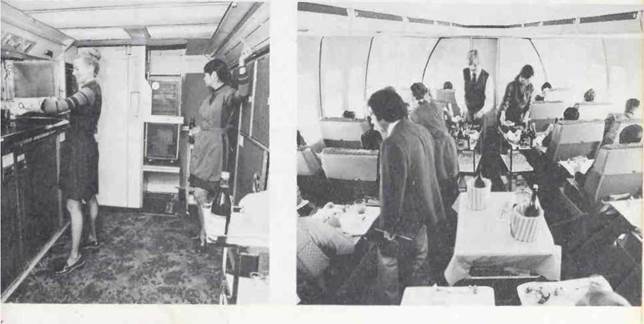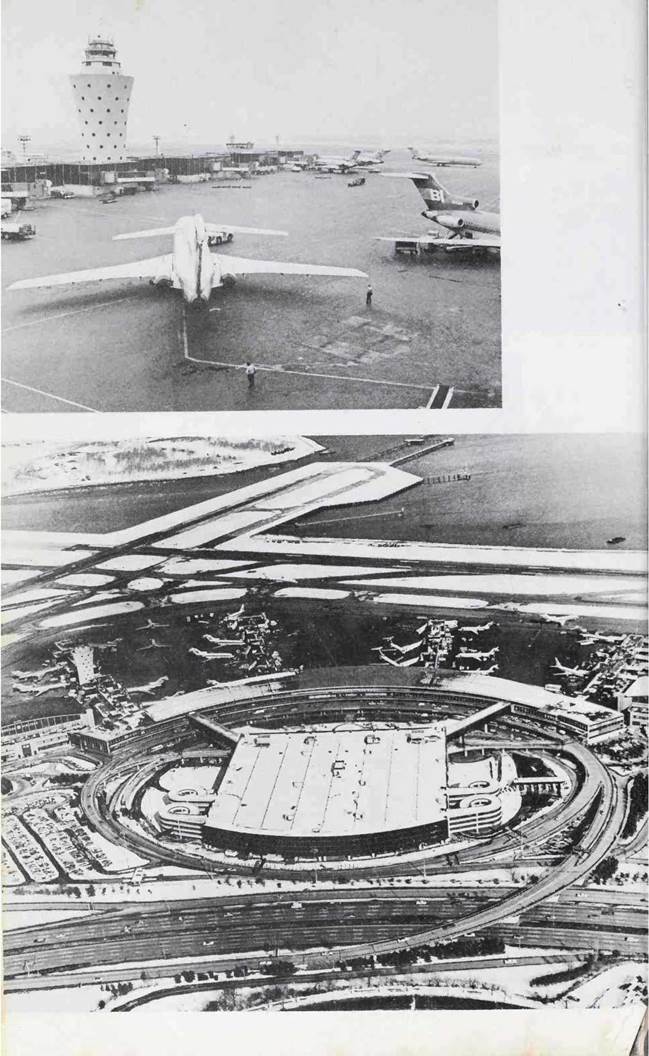THE JET AGE
Air transportation was revolutionized when jet aircraft replaced piston-driven planes. The graceful French Caravelle with twin engines mounted aft made its first flight in 1955. On July 14, 1961, the speedy Caravelle—shown in the photo below—was the first two-engined jet to enter service within the United States. It was used on short-to-medium – range flights—especially the Chicago to New York run.
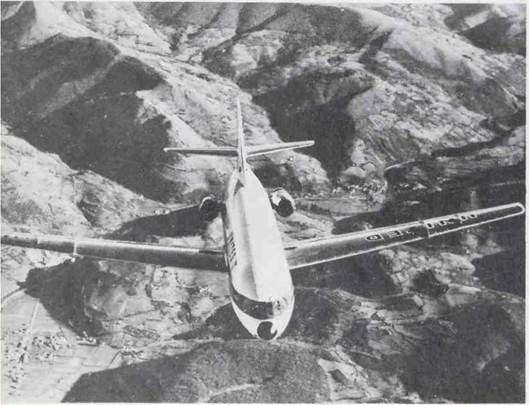
A return to American built tri-motor aircraft was made when Boeing introduced its 727. The three powerful fanjet
engines of the Boeing 727 are nestled at the rear of the airplane. This sleek 6oo-mile-per-hour jet can carry from 96 to 113 passengers on short-to-medium-range flights.
Three other entries in the tri-motor class can be seen
ш
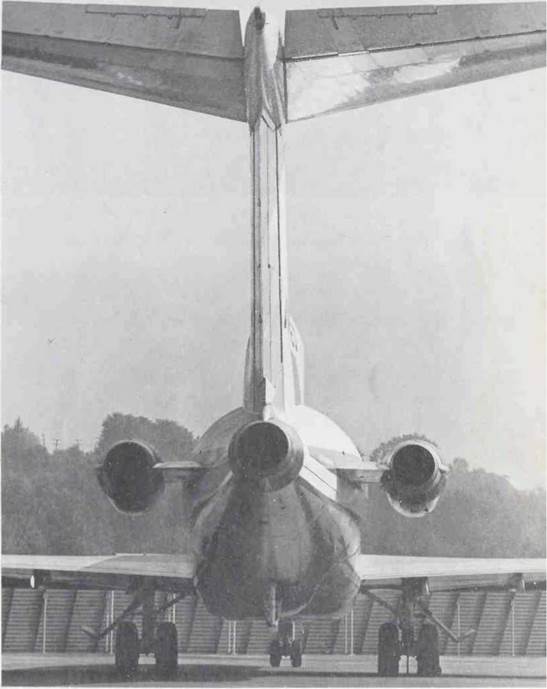 |
on page 16. They are Lockheed’s L-1011 Tristar, the Hawker Siddeley Trident, and the Douglas DC-10. The Tristar—shown in the lower right photo—is capable of carrying more than 250 passengers. The DC-10, called an airbus, is a fat-fuselage plane that is 20 feet wide. The
|
|
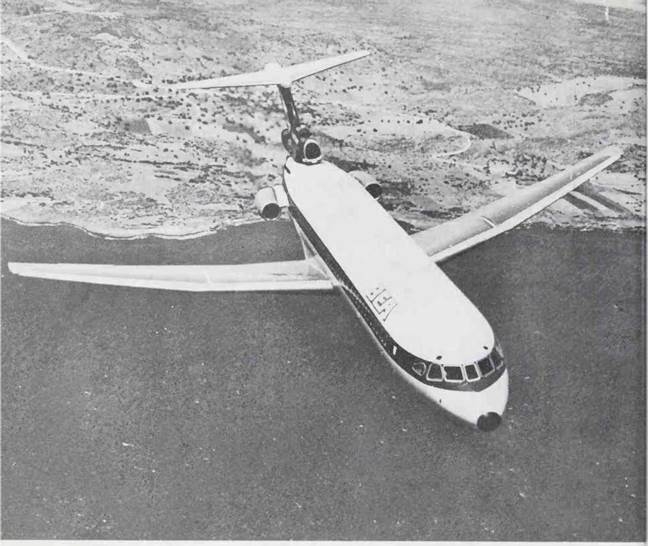
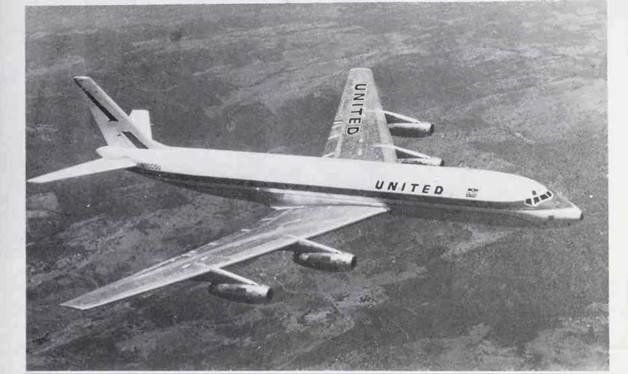 airbus—shown in the lower left photo—can cruise at 600 miles per hour and carry more than 300 passengers for distances of 3,000 miles. The Trident—shown in the upper photo on page 16—is a large-capacity, short-range aircraft. The British Trident can carry up to 180 passengers over a range of 1,500 miles.
airbus—shown in the lower left photo—can cruise at 600 miles per hour and carry more than 300 passengers for distances of 3,000 miles. The Trident—shown in the upper photo on page 16—is a large-capacity, short-range aircraft. The British Trident can carry up to 180 passengers over a range of 1,500 miles.
On long hauls, the workhorse jets of the 1960s were the Boeing 707s and the Douglas DC-8s. But fuel and other operating costs skyrocketed during the 1970s. And as a result, airlines found that they needed to fill more than 60 percent of the seats on these planes just to break even. In the competitive market of today, especially on international flights, it is difficult for these older aircraft—the DC-8 shown above, for example—to make money for their operators.
In order to hold costs down and increase profits, the airlines have turned to the jumbo jets. The long-haul workhorse of today is the Boeing 747. It is an aircraft that is very efficient.
The 747 can carry up to 490 passengers. The 231-foot – long craft cruises at 625 miles per hour, and it has a range of more than 5,000 miles. The 747 can weigh up to 712,000 pounds at takeoff.
The 747 s cabin is 20 feet wide and nearly 186 feet long. It is partitioned into five sections, which gives a passenger the feeling of being seated in a small theater. Movies are shown on screens in each section.
Economy seating is nine abreast with two aisles. Each aisle is 20 inches wide, which is sufficient to permit passengers to move about. First-class seating is four abreast with one center aisle. There are six galleys for preparing and serving food, and there are twelve lavatories for the convenience of the passengers.
The 747 s wingspan is 195 feet. A single wing on this giant jet weighs 28,000 pounds. And the wing area of 5,500 feet is larger than a basketball court!
A 747 carries its own weather radar system. The onboard radar allows a pilot to detect a storm up to 300 miles away. The pilot can use the radar to study the storm and plot a safe course.
The Boeing 747 is equipped with two special navigational systems. The systems are self-contained and do not rely on outside radio or radar signals. This unique navigational equipment makes the jet’s exact position available to the pilot at all times. When the special navigation equipment is connected to the autopilot, the system automatically steers the aircraft.
|
|
|
|
|
|
|
|











